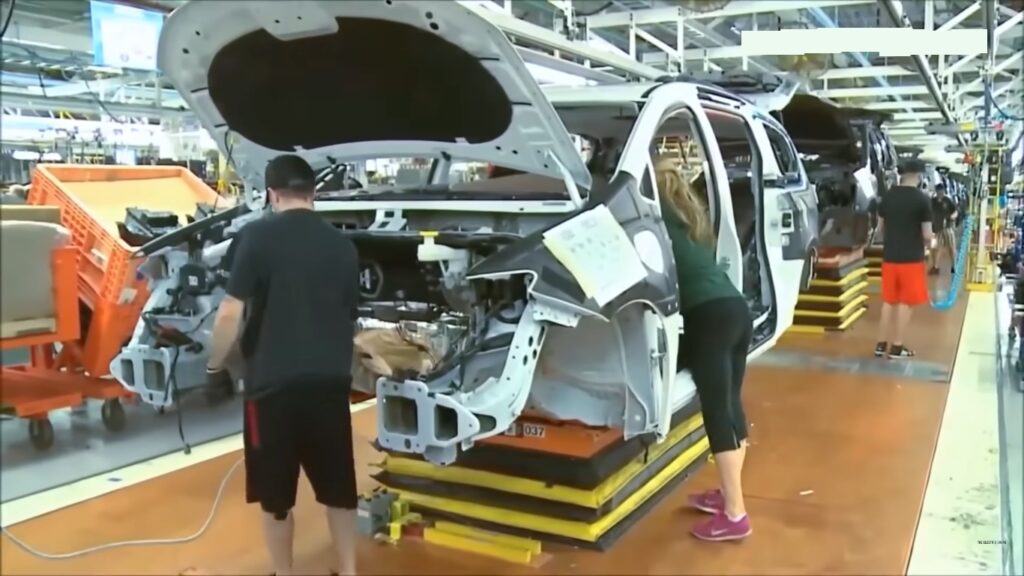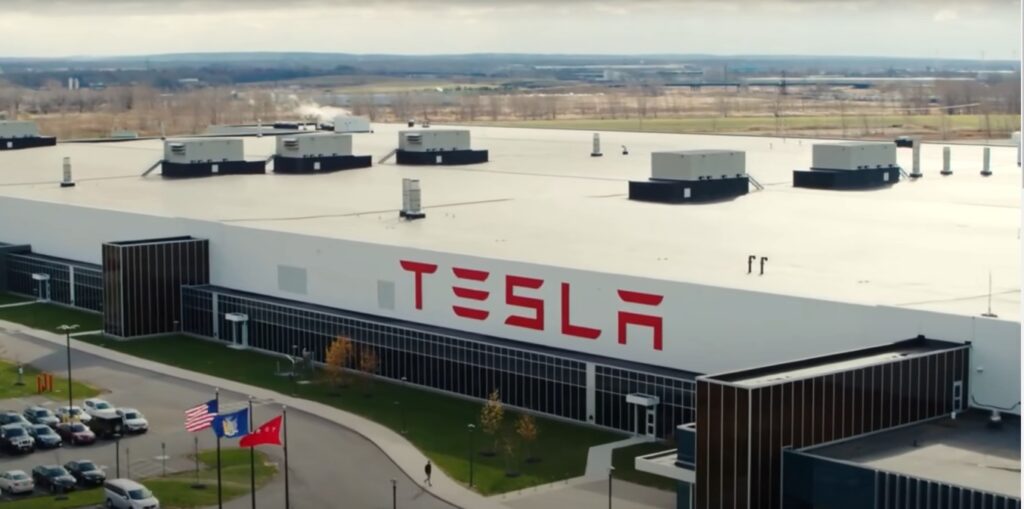US Auto Market Size: The Rise of EVs and the Fall of Traditional Cars
The US automotive industry is experiencing a significant transformation, driven by changing consumer preferences, technological advancements, and economic pressures. Despite misleading media narratives, the electric vehicle (EV) market is growing, while traditional internal combustion engine (ICE) vehicles face declining sales. In this post, we’ll explore the key factors influencing the US auto market and what it means for the future.
Table of Contents
Declining Traditional Car Sales
A Market in Transition
The US auto market size has witnessed a noticeable decline in traditional vehicle sales. As of mid-2023, overall US Auto market size dropped by 8.8%, with many legacy automakers struggling to maintain their market share. This isn’t just a temporary dip but a reflection of a larger shift in consumer behavior. The demand for older, less efficient vehicles is waning as buyers seek out more innovative and sustainable options.
The Financial Strain on Automakers
This decline of US auto market size has put pressure on automakers like Stellantis, the parent company of Chrysler, Jeep, and others, who are now being urged to reopen old, financially unsustainable car plants. These plants produce vehicles that are no longer in demand, raising questions about the viability of such operations. Why is there pressure to keep them open despite their lack of profitability?
The Role of Unions in the Auto Industry

Unions vs. Automakers: A Tense Relationship
Unions are a powerful force in the US auto industry, advocating for the reopening of factories to preserve jobs, even those that produce vehicles with declining demand. This has led to tension between unions and automakers like Stellantis, which must balance business sustainability with the needs of their workforce. The long-term sustainability of reopening these plants is questionable, especially as consumer preferences shift toward modern, efficient vehicles like EVs.
Short-Term Gains vs. Long-Term Viability
While unions aim to protect jobs, the strategy of reopening plants producing outdated vehicles may not be sustainable in the long run. The broader industry needs to address these competing interests to ensure a thriving future.
Growth in the EV Market
Contrary to Media Reports, EVs Are Thriving
Despite some media claims that EV sales are declining, the reality is quite different. In June 2023, EV sales in the US increased by 3.1%, even as overall vehicle sales dropped. This growth is significant, signaling a shift in consumer preferences toward electric vehicles. As of July 2023, EVs accounted for about 9% of all new car sales in the US, up from 8% the previous year. This means that nearly one in ten cars sold is now fully electric.
Factors Driving EV Growth
A Broader Range of Models
One reason for the growth in EV sales is the wider range of models now available. These cater to different consumer needs and price points, making EVs more accessible to a broader audience. Additionally, the affordability of EVs is improving, with prices decreasing as technology advances.
Government Incentives and Consumer Demand
Government incentives have also played a role in encouraging consumers to switch to electric vehicles. However, it’s important to note that not all EVs qualify for these incentives, indicating that demand for EVs goes beyond financial incentives. Consumers are increasingly motivated by factors like environmental concerns and long-term cost savings.
Tesla’s Dominance and the Impact of New Models

The Anticipation for the New Tesla Model Y
Tesla’s Strong Market Position
Tesla continues to be a leading player in the EV market. Although Tesla’s sales dipped slightly by 2.4% year-over-year, the company still managed to sell 61,000 vehicles in June 2023 alone. This reflects Tesla’s strong brand presence and the anticipation surrounding new models like the refreshed Tesla Model Y, which is expected to drive significant sales growth.Tesla’s success has been a major driver in the U.S. auto market size.
The Potential Surge in Sales
Many consumers are delaying their purchases in anticipation of Tesla’s new offerings. This pent-up demand could lead to a surge in sales once these models are released, further solidifying Tesla’s market position.
Competition in the US EV Market
Other Automakers’ Performance
Ford’s Impressive Growth
While Tesla leads the US auto market size, other automakers are making strides in the EV space. Ford, for example, reported an 18% increase in EV sales, with 6,300 units sold in June 2023. This growth demonstrates that traditional automakers can successfully compete in the EV market when they innovate and adapt to changing consumer preferences.
Kia and Hyundai’s Mixed Results
Kia saw a staggering 106% growth in EV ( US Auto market size )sales, selling 5,200 units in June. However, Hyundai, Kia’s sister company, experienced a slight decline of 3.4% in EV sales. This contrast highlights the competitive nature of the market, where even closely related companies can have vastly different outcomes depending on their product offerings and strategies.
- Tata Punch on Road Price 2024: Breakdown: Which Model Suits You Best?

- Tata Punch EV 2024: Detailed Review of Features, Battery Options, and Pricing in India

- US Auto Market Size Current State 2024: What’s Really Happening?

Challenges for Legacy Automakers
Mercedes-Benz’s Struggles
While some automakers are thriving, others are struggling to keep up . Mercedes-Benz, for example, saw a 43% decline in EV sales. This is concerning for a brand traditionally associated with luxury and innovation. The drop in sales may indicate that consumers are losing interest in Mercedes-Benz’s EV offerings, possibly due to issues with range, pricing, or overall value.
The Importance of Innovation
The challenges faced by Mercedes-Benz and other legacy automakers underscore the need for continuous innovation. Companies that fail to keep up with consumer expectations and technological advancements risk losing market share to more agile competitors.
The Future of the US Auto Market Size
A Shift Toward Electric Vehicles
The Growing Popularity of EVs
The US auto market size is clearly shifting toward electric vehicles. The growth in EV sales, coupled with the decline in traditional car sales, suggests that the industry is at a turning point. For automakers, the key to success will be their ability to innovate, offer competitive pricing, and meet the changing needs of consumers.
Tesla’s Continued Dominance and Emerging Competitors
Tesla’s dominance in the EV market, along with the success of other manufacturers like Ford, Kia, and Rivian, indicates that the future of the automotive industry is electric. However, legacy automakers that fail to adapt to this new landscape may find themselves struggling to compete.
US Adapting to a New Reality
The US auto market size is in a state of flux, with significant challenges and opportunities ahead. While some manufacturers face difficulties due to declining traditional vehicle sales, the growth of the EV market presents a bright spot. As more consumers make the switch to electric vehicles, the industry must evolve to meet this demand, ensuring a sustainable and profitable future.
Here’s a table summarizing key points from the content, comparing traditional vehicles and electric vehicles (EVs) in the US auto market size:
| Category | Traditional Vehicles (ICE) | Electric Vehicles (EVs) |
| Market Trend | Declining sales (8.8% drop in 2023) | Growing sales (3.1% increase in 2023) |
| Consumer Demand | Decreasing interest due to outdated technology | Increasing demand due to innovation and efficiency |
| Automaker Challenges | Financial strain on companies like Stellantis | Market growth opportunities for Tesla, Ford, Kia |
| Union Influence | Pressure to reopen unsustainable factories | Less impact from union demands |
| Key Player Performance | Mercedes-Benz: 43% drop in EV sales | Tesla: Leading with 61,000 sales in June 2023 |
| Pricing Strategy | Minimal discounting and outdated models | Competitive pricing with discounts (e.g., Kia EVs) |
| Future Outlook | Uncertain, dependent on adaptation to market changes | Bright, with increasing market share and innovation |

